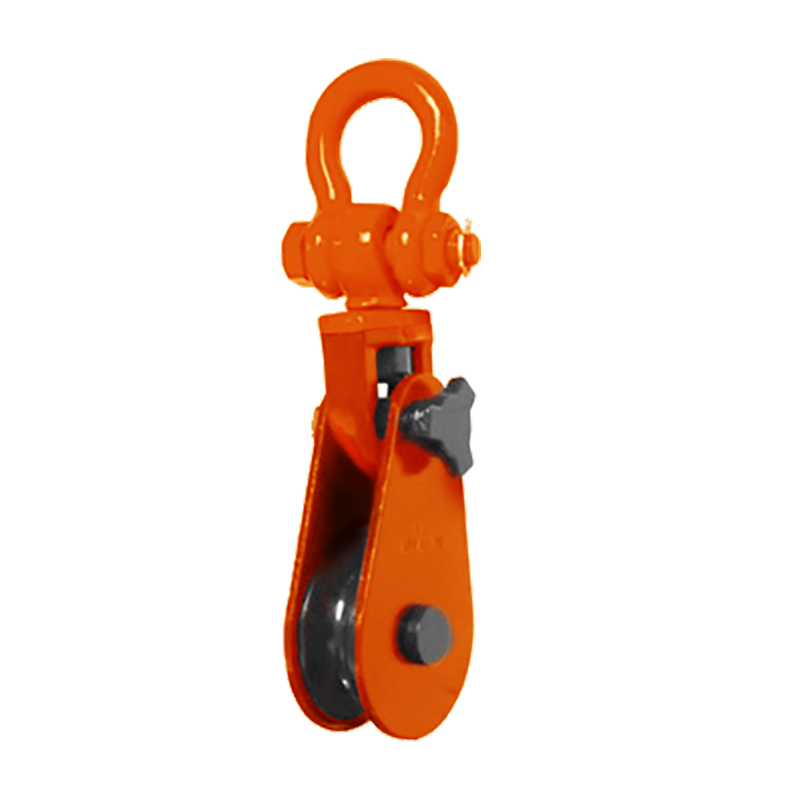Chain blocks, also known as chain pulley blocks, are essential lifting devices that utilize a chain to raise and lower loads through a system of pulleys. Understanding the safety factors and working load limits of chain blocks is crucial for ensuring safe and efficient lifting operations.
What is a Safety Factor?

A safety factor is a ratio that compares the breaking strength of a chain block to its working load limit. It represents the block’s maximum load capacity relative to the forces it can safely handle during normal operation. Safety factors account for dynamic loads, impact forces, wear, and other unforeseen stresses.
Typical safety factors for chain blocks range from 3 to 5. This means that the block has 3 to 5 times the capacity it is rated for under normal use. Regulatory bodies like OSHA require a minimum safety factor of 5 for most general-purpose lifting equipment. However, specialized chain blocks may have lower safety factors depending on their specific application. For instances, chain pulley block 20 ton.
Working Load Limit (WLL)
The working load limit (WLL) is the maximum load that a chain block is designed to safely lift under normal operating conditions. It takes into account the safety factor incorporated into the block’s design and components. Chain blocks are typically rated with a specific WLL that is significantly lower than their ultimate breaking strength.
It is crucial to ensure that the sum of all loads acting on a chain block during operation does not exceed its stated WLL. Overloading chain blocks increases the risk of component failure and accidental release of the load. Always refer to the WLL mark or data plate when selecting the appropriate size chain block for a given lifting task.
Factors Impacting Safety
Several factors influence the safety factor and WLL of chain blocks:
- Pulley Size and Number: More or larger pulleys provide higher mechanical advantage but lower load capacity.
- Chain Grade: Higher-grade chain with greater breaking strength allows for higher WLLs.
- Component Quality: Superior materials and construction techniques enhance rated capacities.
- Certifications: Chain blocks certified by reputable standards organizations provide defined WLLs.
- Application: Specialized blocks for severe service may have lower safety factors for cost efficiency.
Understanding the safety factors and working load limits of chain blocks is essential for safe and efficient lifting operations. By considering the factors that impact safety and adhering to the recommended WLL, you can ensure the reliability and longevity of your chain blocks while minimizing the risk of accidents.